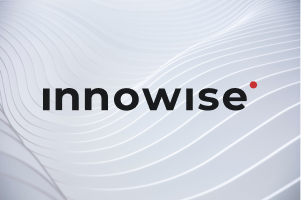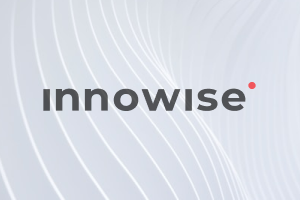For businesses that want complete command of their e-commerce experience, Adobe Commerce is an absolute powerhouse. Being an open-source platform, it offers customization like no other.
One of its greatest winning features is scalability. From small businesses to enterprise-level operations, this CMS can handle large product catalogs, multiple storefronts, and global selling with multi-language and multi-currency support. The platform also comes packed with built-in SEO tools, customizable themes, and rock-solid security features.
However, customization comes at a cost. Adobe Commerce requires significant development expertise, and hosting, maintenance, and customizations can add up quickly.
Adobe Commerce offers two main versions: the free Community Edition (open source), ideal for small businesses, and the premium Adobe Commerce version, where your license fee rises with your sales and average order value. With Adobe Commerce, fees start at $22,000/year for businesses with annual sales under $1M, increasing to $125,000/year for those with sales over $25M.
Pros
- Capable of handling large amounts of content and high traffic
- Customizable to specific business models and workflows
- Strong community support
Cons
- Tech expertise for customization and management required
- Higher cost for hosting and development
- Regular updates and maintenance needed
For businesses with the resources to manage it, Adobe Commerce offers a highly flexible, scalable, and feature-rich solution. But for those without a dedicated development team, the learning curve and ongoing costs might be a challenge.



























